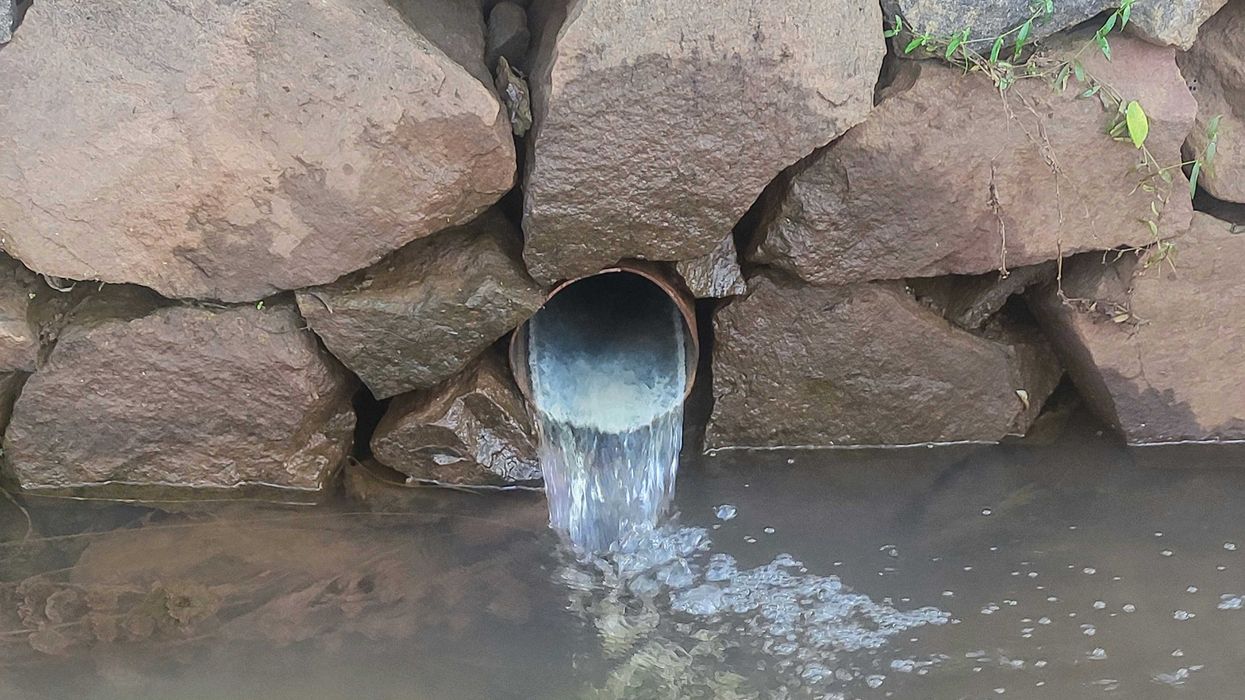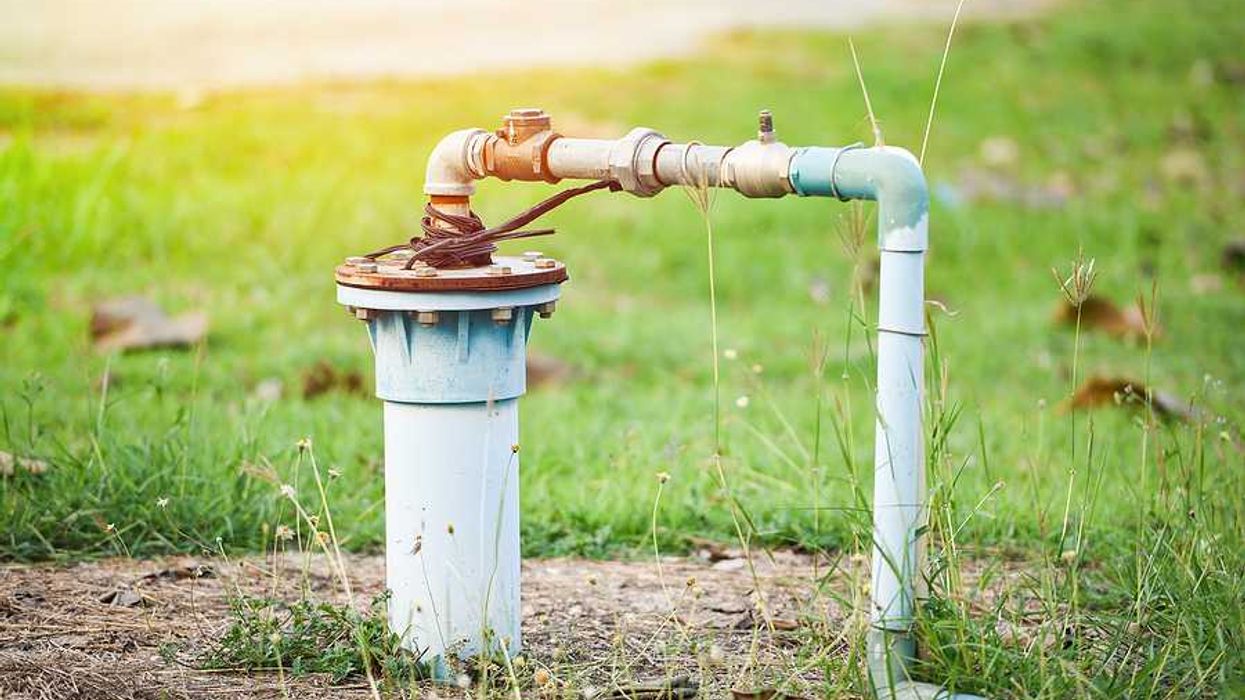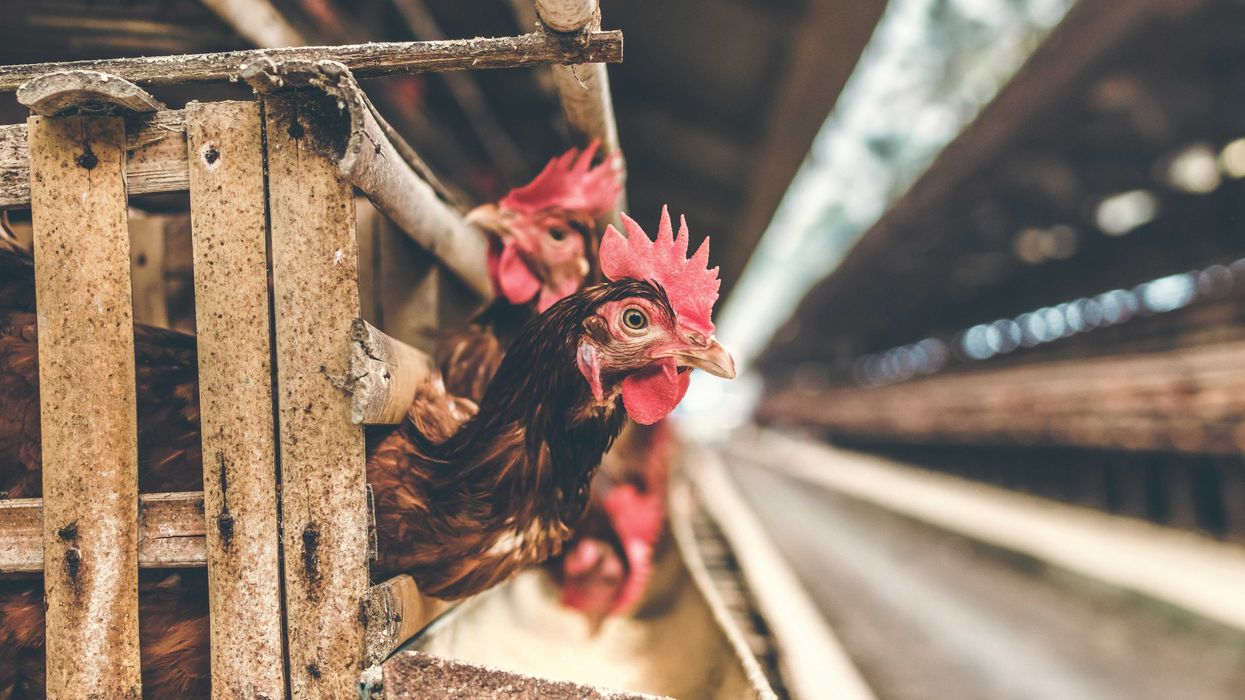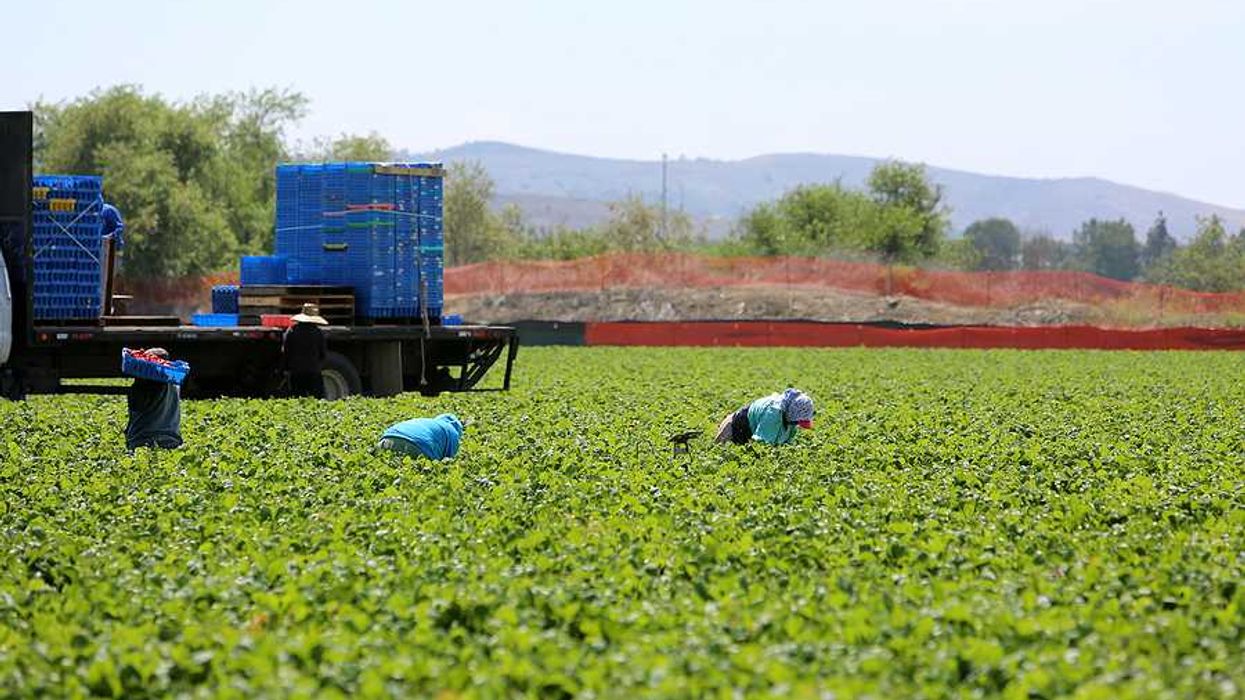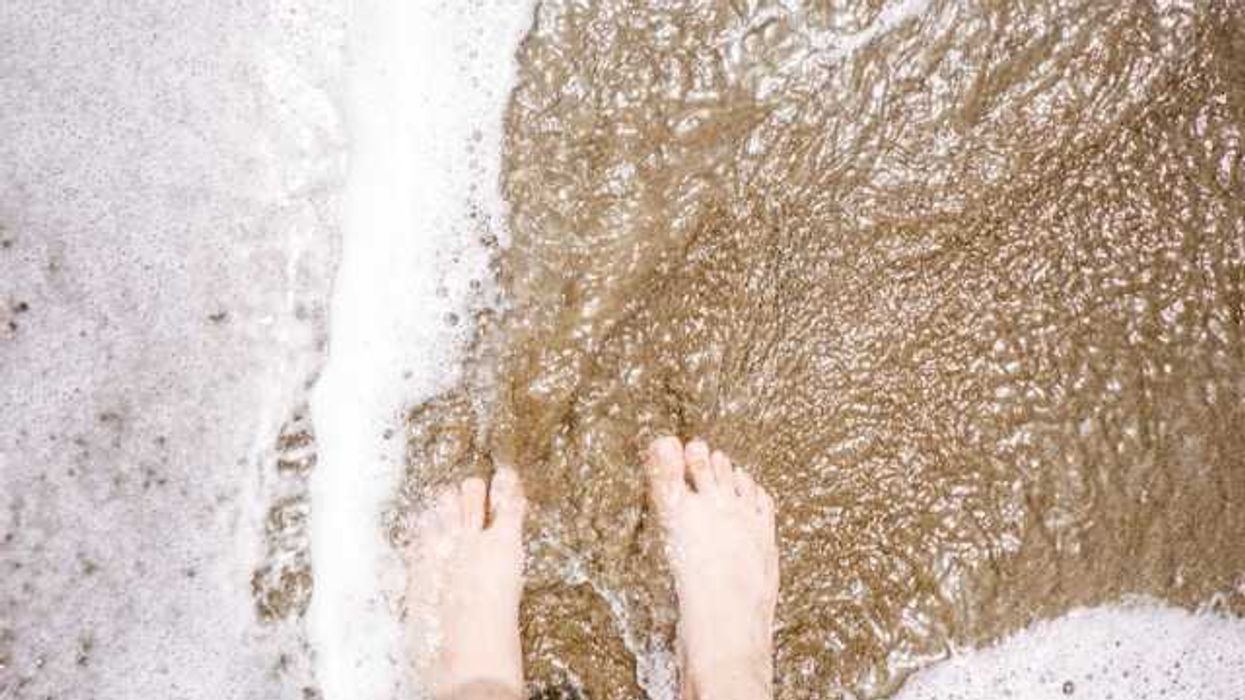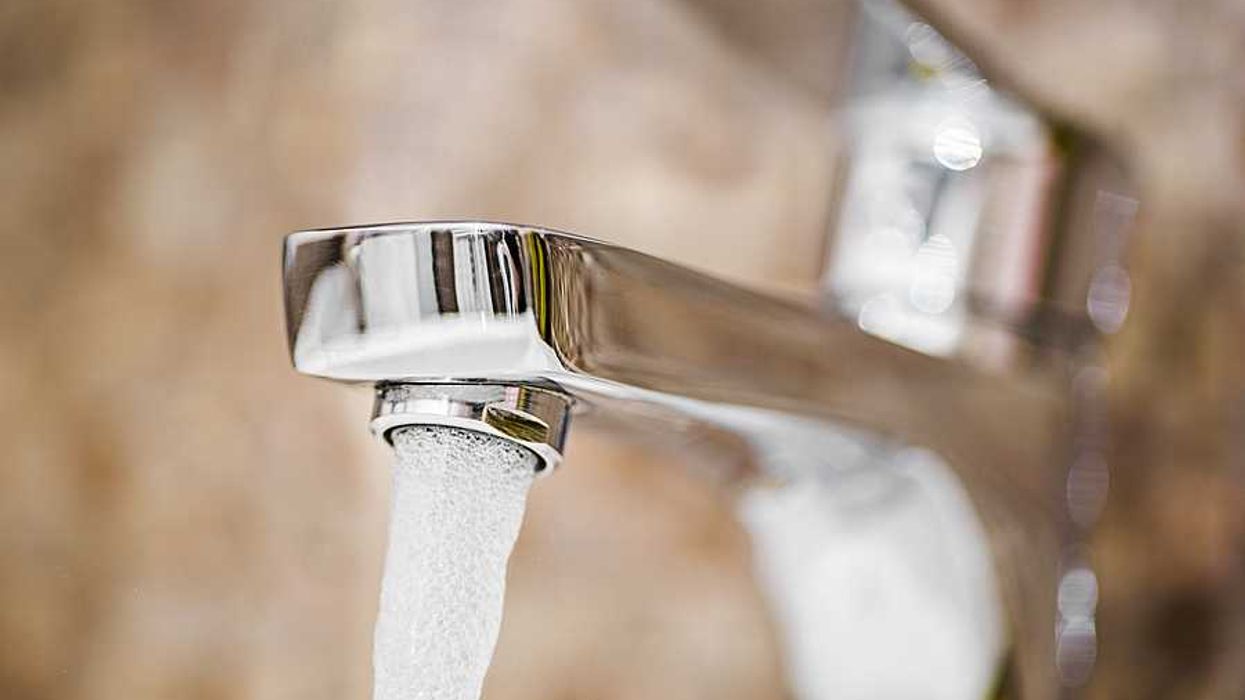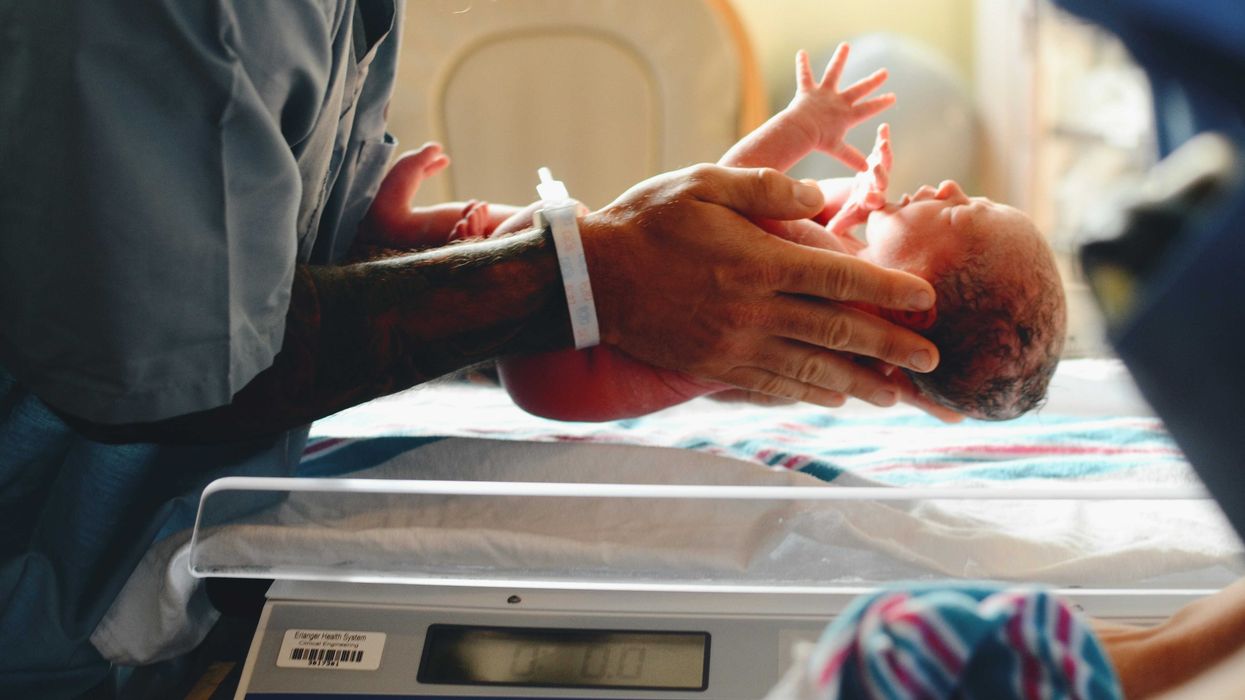Seven First Nations in northern Ontario are collaborating to safeguard their waterways from industrial pollution, blending Indigenous knowledge with scientific research.
Fatima Syed reports for The Narwhal.
In short:
- Rocky Bay First Nation began testing water and fish for mercury due to concerns over industrial contamination near Lake Nipigon.
- In December 2024, seven First Nations gathered to create a shared conservation plan, aiming for a unified water protection approach across the region.
- Participants seek to have Lake Nipigon formally recognized as part of Lake Superior to increase conservation funding and ensure interconnected efforts.
Key quote:
“There is life in that water. Water is alive and has a way of healing itself and has memory.”
— Elder Sheila De Corte, Fort William First Nation
Why this matters:
Industrial projects near Lake Nipigon, including mining and energy developments, risk polluting key waterways feeding the Great Lakes, threatening aquatic ecosystems and community health. Coordinated efforts could strengthen protections and ensure long-term water stewardship.
Related: Ontario First Nation declares emergency due to benzene levels



